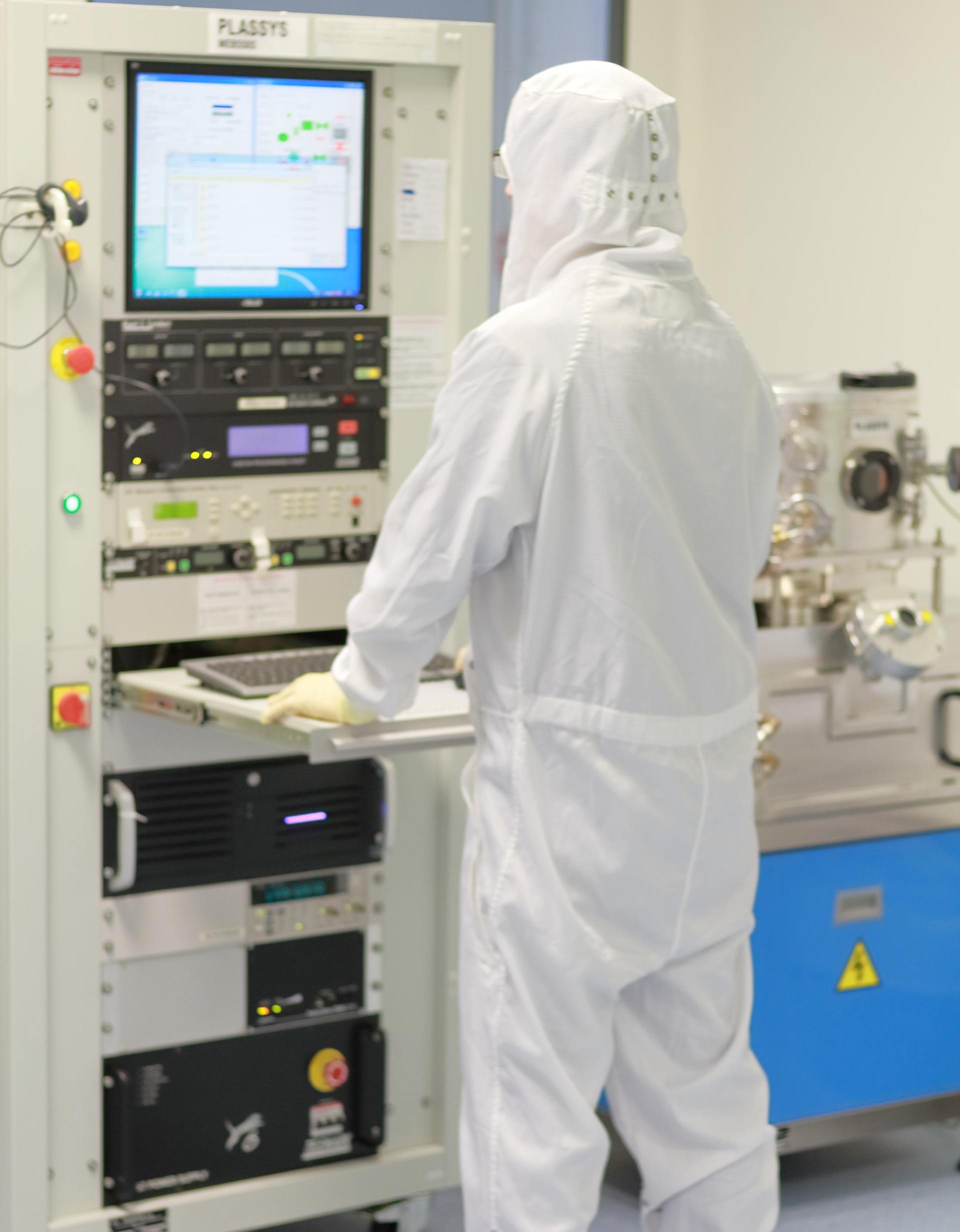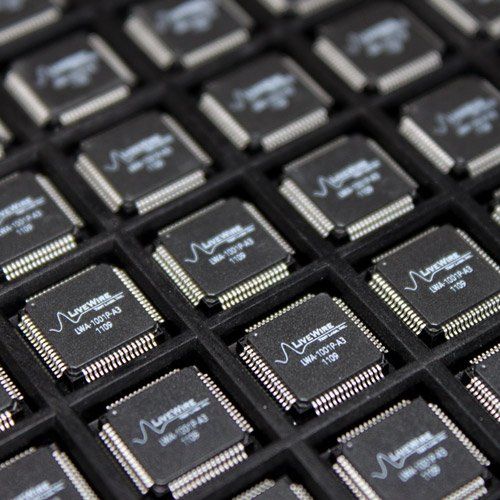
What You Receive With Core Technology Solutions
When Your Design Project Requires Top Line Core Technology Solutions
What You Need to Receive With a Core Technology Solution Should to Be Spelled Out
There is perhaps no more frustrating thing in the process of finding a solution to a design challenge than being on the receiving end of inadequate information to do the job right from the start. That applies to both ends, whether it is the side that needs the design to do this or that, or the design team explaining what and how their design problem solves. Good communication is critical in all phases of working towards a core technology solution, because in the end, it affects your customer. That customer might be the machine operator that needs an issue address to make the assembly line run better with less problems, or the consumer who desires your cellular product to have crisp, clear speakers and easy to see and use controls. Make certain that both sides spell out what is needed, and what has been designed to meet the opportunity for improvement.
Core Tech Needs to Match Your Needs
With the high degree of specialization in today’s light speed electronic and technology arenas, it is extremely important that core technology solutions brought to the table not only match your current corporation technology, but also the future needs of your company and needed components. That kind of planning takes a good understanding of the direction you wish to take product lines, and what is in your research and development pipeline. It makes a situation become easily scalable over time, with less modifications, lower failure rates, and simplified testing paths. Your manufacturing line can be built to accommodate a future, and not a be path of obsolescence. A good design and engineering firm that acts as a specialized engineering team can be invaluable to understanding and designing what will work now and in the future. They also can provide a vision outside the box, or outside company blinders, that can augment your own management and productivity.
Technology Solutions Need to Solve, Not Create
Too often when people start to talk around the worktable, the “what if” topic comes up – what if what we hire someone to do “x”, but it causes more problems than what it solves. Let us tell you from experience, and we all have had an “expert” at one time or another promise the widget would do “x” and it did “y” instead. But why did it happen? A little root cause analysis usually comes down to two things – communication, and the core techs on one or both sides did not match. It could be the wrong type or expertise of engineering staff hired to do the job, or your plant simply does not have what is needed in terms of the matching technology to solve the problem. Sadly it is easy enough to have happen in today’s busy, multi-faceted business and plant bases. That is where the communication part is invaluable from the start.
To solve a problem, you have to know what you need solved. It sounds easy enough, but too often groupthink takes over, or one person or department dominates, and the blinders end up providing a false view or assessment of what needs to be designed. A good working relationship with a quality design and engineering team should always be predicated on the ability to speak up, and when necessary, call out what has the appearance of costly mistakes, missed opportunities, or flat out problems. That is why hiring a firm with expertise that is wide in field while being able to maintain quality of needle sharp focus on what your particular needs are is crucial. Ask for references, find out who their partners are. If you hear even once “their design team is hard to work with” or “they don’t listen”, stop and evaluate. And when the design team you have hired comes to you and asks for help with members of your own team, hear them out. They have the experience to know that blinders cost time, money, and stop solutions from happening.
Business Needs Vary Tremendously – That’s Why You Need a Design Team Who Speaks Your Company’s Language
Working to a solution should start with the very first conversation you have with any design and engineering firm you decide to utilize. One firm that we have seen over and over offer core technology solutions with solid long-term results is US-ASIC. They use state of the art technology, have longevity in the industry, and have some of the most solid, reliable, on time with quality manufacturing fabless relationships in the industry. Their team offers up core tech solutions in a wide range of applications, from digital signal processing and FPGA conversion to microcontrollers, high voltage application design, and a wide variety of mixed signal design and engineering. A broad based team, who are knowledgeable and not just “have heard about it” or done only a couple of projects with that core technology is critical to the project from start to implementation of your component. They need to understand your needs, your plant, your worker’s training levels, and what other parts need to come together. All that means listening and learning about your company so a successful working partnership can happen.
Everyone Has a Component Watchdog
When we talk about a watchdog, we are talking about the person or committee or board that always has their eye on things like payroll expense, down time for retrofitting, or budget overruns. If you have had a job title with any management denotation attached, you know the pressure that can easily ensue if the job costs are in overruns or the solution, isn’t. That is why job security in a fast paced, highly competitive manufacturing environment or service provider company needing parts that can do “that” is too often tied to systems, contracts, or consultants not entirely in your control. It can be nerve wracking.
It is extremely important to ask questions including the basic who, what, why, and when about the company you are hiring to provide core technology support to your endeavor. Ask for on-time completion numbers, and fail rates on designed components they outsource for you. Ask how they handle their quality control issues and what tests are run and how are they run to assure that your component design order is correct, does what it was designed to do, and stands up to application. Make certain that their team is available to contact with questions, concerns, and issues. It does not offer your production manager any help if the only phone number you have is United States based and your plant is running overseas, on a weekend no less.
Hire a design and engineering firm that talks your language, understands what needs a solution, and what core technologies make the most sense both for efficiency of design and cost effectiveness. If that company can offer core technology solutions to you that meet those parameters, and has the credentials, relationships, and track history to support it, you will be off to a much better potential for profitability.




Northern Europe/Scandinavia
Contact: Lars NilssonTel: +468 6695650E-mail: Lars.nilsson@us-asic.com Mobile: +46 70 5958081
Asia
Contact: Steve ChoiTel: 82-2-2057-2877
(#1000)E-mail: asifs@norcalts.com
Privacy Policy | Terms & Conditions | Copyright 2022 U.S. ASIC | Website & SEO by Iron Oak Marketing



